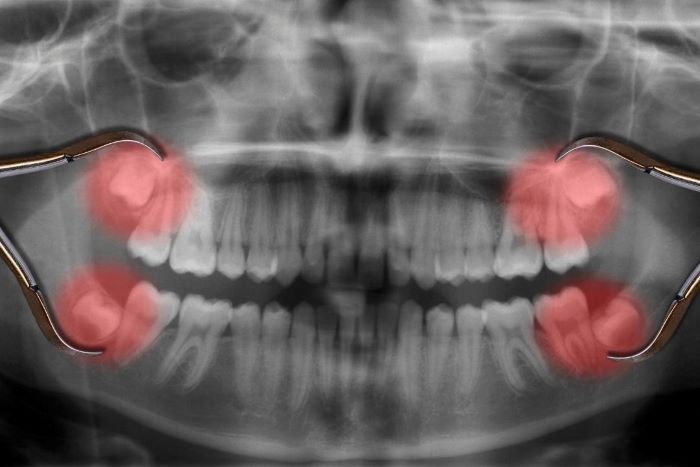Wisdom Tooth Extraction: A Modern Preventive Dental Approach
Wisdom Tooth Extraction: A Preventive Measure Rooted in Modern Dentistry
For many people, the eruption of wisdom teeth is the final stage of dental development. These third molars, which usually appear in early adulthood, often lack adequate space. With smaller jaws and modern diets, wisdom teeth are more of a problem than a necessity.
In practice, these late arrivals are frequently linked to issues such as crowding, infection, or even damage to neighboring teeth. Extraction is one of the most common oral surgeries performed today, but the decision to remove wisdom teeth reflects a commitment to long-term oral health rather than a mere routine procedure.
Why Wisdom Teeth So Often Require Removal
The human jaw has evolved significantly. What once accommodated thirty-two teeth now often struggles with a full set—especially the last four molars. Insufficient room can cause wisdom teeth to erupt at odd angles or remain impacted.
- Partially erupted teeth create narrow, hard-to-clean spaces, increasing risk for bacterial growth and pericoronitis.
- Impacted teeth may develop cysts that damage bone and nearby structures.
- Some wisdom teeth erupt cleanly and cause no issues, but proactive evaluation is key to preventing problems.
What the Procedure Actually Entails
Despite its reputation, wisdom tooth removal is usually simpler than expected:
- Simple extractions: Teeth that have broken through the gums can often be removed quickly with local anesthesia.
- Surgical extractions: Impacted or angled teeth may require a gum incision or sectioning of the tooth for safe removal.
- Sedation options: Nitrous oxide or IV sedation may be offered for anxious patients or complex surgeries.
Timing Matters: Earlier Is Often Better
Removal is often recommended in the late teens or early twenties because:
- Roots are not fully developed, reducing surgical difficulty.
- Bone is more pliable, leading to faster healing.
- Risks such as nerve involvement and complications are lower.
Waiting until symptoms arise may result in pain, swelling, or damage to other teeth—issues that preventive extraction often avoids.
Understanding Recovery and What Follows
Recovery is usually straightforward if post-operative instructions are followed:
- Expect mild swelling and discomfort managed with OTC pain relievers and cold compresses.
- Avoid disturbing the healing clot—no smoking, straws, or vigorous rinsing.
- Soft foods and gentle care aid healing and lower the risk of dry socket.
Follow-up visits ensure proper healing, while the long-term benefit is peace of mind knowing oral health risks are minimized.
When Monitoring Makes More Sense
Extraction is not always necessary. Monitoring may be recommended when teeth are:
- Healthy and symptom-free
- Properly aligned
- Accessible for cleaning and maintenance
Regular exams and imaging help track changes. Even symptom-free teeth today can cause future problems if alignment shifts or surrounding tissue becomes inflamed.
A Thoughtful Decision With Lifelong Implications
Wisdom tooth extraction is not just about immediate relief. It is a preventive strategy to maintain alignment, reduce infection risk, and avoid more invasive treatments later.
Lewiston Dentists rely on radiographs, dental history, and anatomy before making recommendations. With careful planning, extraction becomes less about surgery and more about preserving long-term health, comfort, and function.
Schedule an Evaluation
To discuss whether wisdom tooth extraction may be appropriate for you, please call (509) 758-7150.





